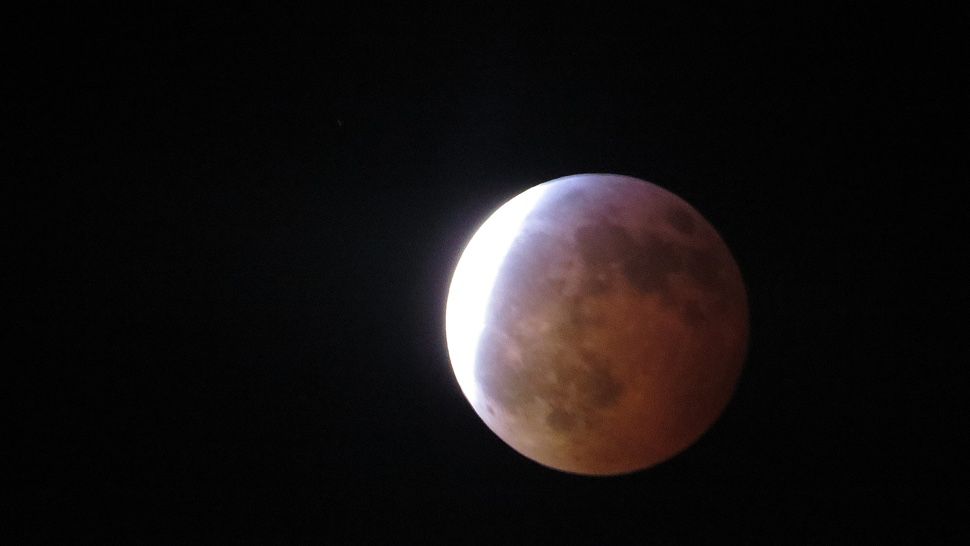The upcoming total lunar eclipse is setting up to be a spectacular viewing event for a few different reasons.
What You Need To Know
- A total lunar eclipse happens on May 26
- It will also be a supermoon
- The best view in the U.S. will be on the West Coast
- A partial solar eclipse happens in June
On May 26, 2021, most of the United States will see some or all of a total lunar eclipse.
A total lunar eclipse happens when Earth lines up between the sun and the moon. This eclipse may be even more incredible because the full moon will be a super moon.
This happens when the full moon is closest to the earth, so it appears larger.
Another reason we may get some great photos from this event: When the Earth casts a shadow on the moon, it can look darker and even red, so it's also called a Blood Moon.
This eclipse will be very special for the West Coast of the U.S., where they will see a total lunar eclipse.
The totality of the lunar eclipse will be about 14 minutes long near Los Angeles from about 4:11 a.m. through 4:25 a.m. that morning.
Other parts of the U.S. catch a partial lunar eclipse. For example, people in Raleigh, N.C. will see a partial eclipse for about an hour beginning around 4:45 a.m.
If skies are not clear and you miss out, you will have to wait a while for the next total lunar eclipse.
There will be a partial lunar eclipse on November 19, 2021.
The next total lunar eclipse will happen on May 15-16, 2022.
An annular solar eclipse will happen on June 10, 2021, but it will be a partial one.
Of course, unlike a lunar eclipse, you will need special equipment to look at it as the sun casts a shadow on the earth.
This time, the West Coast gets left out and the East Coast, Mid-Atlantic states and the Midwest will get a partial solar eclipse beginning around 5 a.m.
Don't forget to see all the other astronomical goings-on this year.



